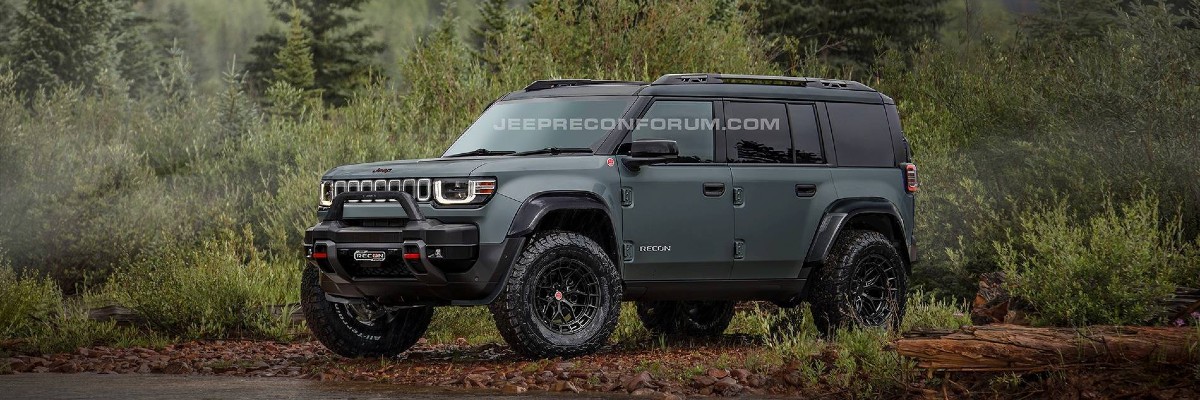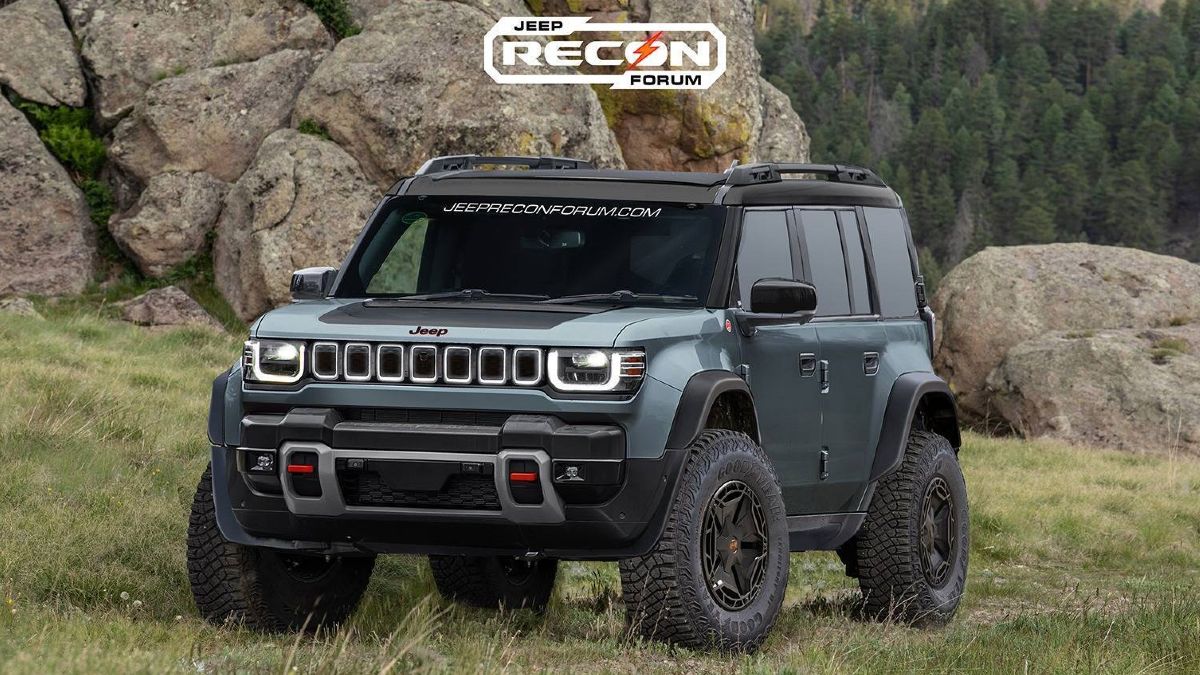Overlanding is an extension of off-roading that many consider to be the ultimate adventure. It’s all about venturing off the beaten patch, exploring remote locations and relying on your vehicle to tackle everything from rugged trails to harsh weather conditions. You’re not off-roading for off-roading’s sake like a majority of off-road enthusiasts, but rather utilizing those off-roading skills to actually travel the countryside. As you should be able to tell from our other posts on the upcoming 2026 Jeep Recon, the new EV seems like it will bring a ton of improvements and advantages when it comes to off-roading — but how will they translate to overlanding? How exactly will an EV like the Jeep Recon handle long-distance overlanding with its all-electric powertrain? That’s what we’re here to tackle today, so keep reading to learn more.
Advantages of EV Off-Roading
Let’s start by giving a brief recap of the distinct benefits that an electric powertrain delivers for off-roading, which you can read more about in our other Jeep Recon blogs.
- Instantaneous Torque. Without a doubt the biggest and most notable advantage of the Recon’s electric powertrain is its ability to deliver immediate torque. This provides incredible advantages when it comes to navigating steep climbs, uneven terrain and rock crawling.
- Silent Operation. While some might prefer the roar of an engine, the Recon’s EV platform means that it operates in near silence, offering a quieter driving experience that allows you to truly immerse yourself in the nature surrounding your overland travels.
- Sustainability. Most people who choose overlanding as a hobby love and respect the natural world, so the fact that the Recon minimizes its environmental footprint thanks to zero emissions should certainly entice them.
Challenges of Long-Distance EV Driving
While the electric powertrain underpinning the Jeep Recon delivers impressive off-road performance, overlanding into remote areas presents unique challenges for an EV. The most obvious obstacle is going to be charging infrastructure. In contrast to gas-powered vehicles like the Jeep Wrangler, which can be refueled almost anywhere, EVs require a power source to plug into and charge. When traveling, charging stations are the easiest way to do this, but at overlanding hotspots like national forests and desert trails these stations remain largely nonexistent.
Making matters worse, off-roading activities tend to drain batteries faster due to the sustained energy demands inherent in challenging terrains. Activities like climbing hills and prolonged low-speed maneuvers can add extra strain on the battery, reducing your charge and, by extension, overall range rather significantly. For overlanders, who often plan multi-day trips into the wilderness, this pair of issues raises a big question: how can one ensure they have enough power to not only reach their destination, but eventually get back, too?

Jeep Recon Answers to Charging Concerns
With the advantages and challenges both made clear, how exactly does the Jeep Recon answer the biggest concern — charging? Fortunately, Jeep knows their customer base well, and has equipped the Recon with innovative solutions to address the charging challenges.
First and foremost, the Recon features an extended-range battery pack that is capable of achieving more than 300 miles on a single full charge when operated under normal driving conditions. This range will naturally be decreased while off-roading, but it still provides a very impressive foundation upon which to build.
To help even more, however, Jeep plans to offer completely compatible portable solar charging solutions to Jeep Recon owners. These portable units will allow overland adventurers to recharge their vehicle whenever they have some downtime. This is naturally a much slower charging pace, but it can provide supplementary power whenever your vehicle is parked. This not only addresses the charging concerns, but provides an inherent excuse to stop and enjoy your destinations even longer than you might otherwise while your battery recharges.
Strategies for Jeep Recon Overlanding
The most important thing is that you know you’re going to face charging concerns, so carefully planning becomes a key ingredient for overcoming your limitations. Here are a few final tips to help maximize your overlanding experience behind the wheel of your Jeep Recon:
- Pre-trip Research. Before you actually embark on your trip, be sure to identify any and all charging stations along your route so that you can make sure to swing by as you pass them — even if they’re a little out of the way and farther than your trailheads or main campgrounds. Apps like PlugShare can help you locate stations nationwide.
- Carry Backup Solutions. You can invest in one of those aforementioned Jeep-compatible solar chargers or some other kind of portable generator for off-grid recharging. While these options require additional equipment, they provide peace of mind and mitigate the risk of getting stranded.
- Route Optimization. Make sure to plan your route as strategically as possible with the intention of minimizing energy consumption. As long as they aren't your goal, try to avoid overly technical trails as much as possible so that they don’t excessively drain your battery, opting instead for routes that allow smoother driving.
If you have any questions about the 2026 Jeep Recon or overlanding in general, feel free to get in touch with us right here at Jim Glover CDJRF. We look forward to hearing from you!




